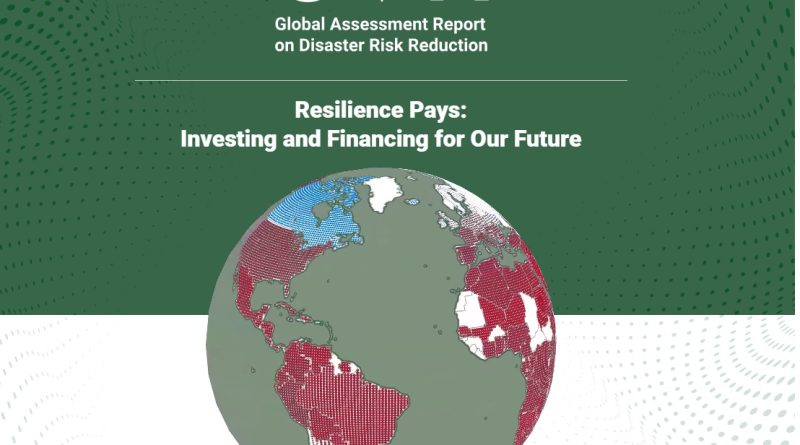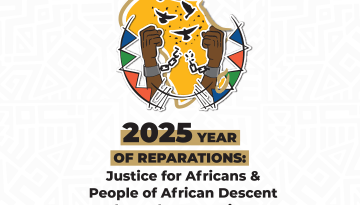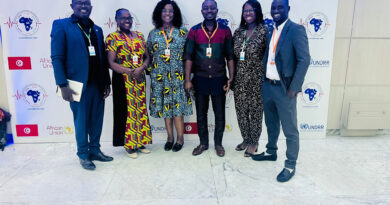AU AfSTAG’s contribution to drafting the Global Assessment Report (GAR) 2025: Resilience Pays: Financing and investing for our Future by Dr. Ahmed Farrage
The global cost of disasters is growing: The economic burden of disasters is intensifying. While the direct costs of disasters averaged $70–80 billion a year between 1970 and 2000, between 2001 and 2020 these annual costs grew significantly to $180–200 billion.
But the real cost is far higher.
Disaster costs now exceed over $2.3 trillion annually when cascading and ecosystem costs are taken into account. The Global Assessment Report (GAR) 2025: Resilience Pays: Financing and Investing for our Future highlights how smarter investment can re-set the destructive cycle of disasters, debt, un-insurability and humanitarian need that threatens a climate-changed world
Click here to download
This year’s Global Assessment Report on Disaster Risk Reduction examines the risks posed by disasters from now to 2050 and presents an indisputable case for action. This report clearly shows that investing in disaster risk reduction saves money, saves lives, and lays the foundation for a safe and prosperous future for us all. I urge all leaders to heed that call.

António Guterres , United Nations Secretary-General
As we approach the Fourth Financing for Development Conference later this year, the GAR 2025 carries an important message for us all: investment in disaster risk reduction not only provides a great return on investment, it is essential for our common future.

Kamal Kishore , Special Representative of the United Nations Secretary-General for Disaster Risk Reduction, and Head of the UN Office for Disaster Risk Reduction (UNDRR)




